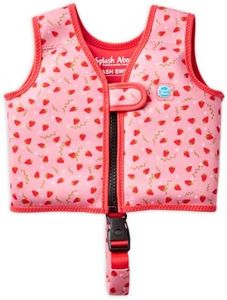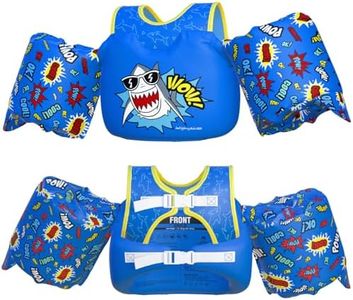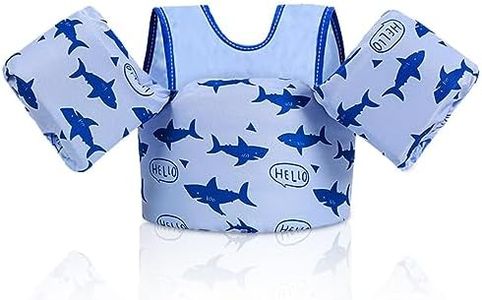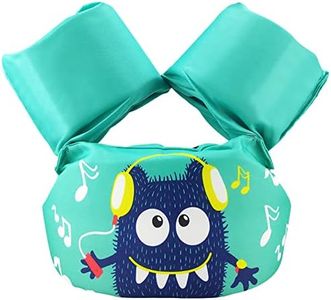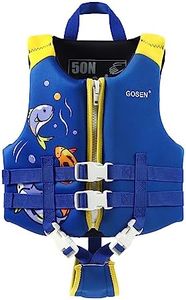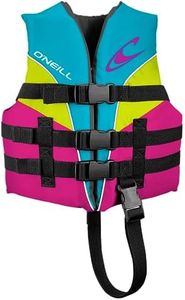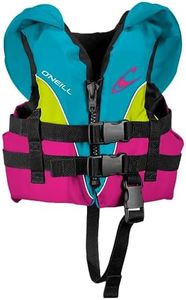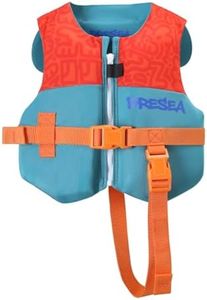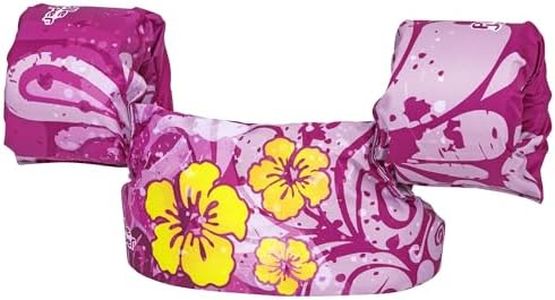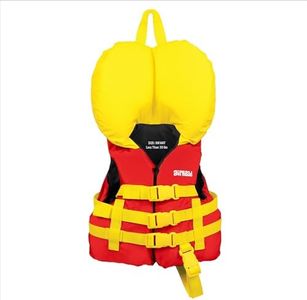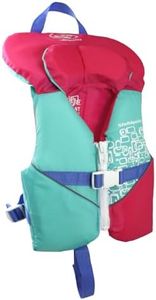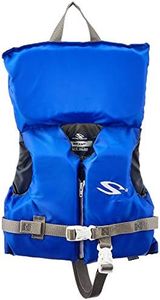We Use CookiesWe use cookies to enhance the security, performance,
functionality and for analytical and promotional activities. By continuing to browse this site you
are agreeing to our privacy policy
10 Best Infant Life Vests
From leading brands and best sellers available on the web.Buying Guide for the Best Infant Life Vests
Choosing the right infant life vest is crucial for your child’s safety around water—whether that’s at the lake, pool, or on a boat. The best way to approach this is to ensure the vest is well-designed for infants’ unique needs: keeping their heads above water, being comfortable enough for them to wear, and easy for you to use and adjust. It’s important to understand each key feature, so you can select one that matches your planned activities and your child’s size and stage.US Coast Guard (USCG) ApprovalUSCG Approval indicates that a life vest meets official safety standards for flotation and construction. This is important because it ensures the product has passed tests to keep infants safe and afloat in emergencies. When comparing vests, make sure the label confirms USCG approval. Never pick a vest without this certification, as approved vests provide proven safety benefits for your child.
Weight/Size RatingA vest’s weight and size rating tells you the range of body weights the vest is made for. This is essential, as using a vest not suited to your baby’s size can compromise safety and comfort. Infant vests often serve babies up to around 30 pounds, but always check the tag. Don’t ‘size up’ hoping for longer use—a proper fit keeps the vest in place and works best to keep your infant safe.
Head Support/CollarA head support or collar is a cushioned part behind your infant’s head. This feature is crucial because it helps to keep your child’s head above water, reducing the risk of face-down floating. Look for a large, supportive collar that feels sturdy. If you’ll be boating or near deeper water, this feature becomes even more vital.
Grab HandleA grab handle is a sturdy loop at the top or back of the vest. It matters because it lets you quickly and easily lift your baby from the water if needed. Some vests have larger, padded handles, while others may be smaller. For activities like boating, a firm grab handle is particularly helpful for quick response in emergencies.
Leg StrapsLeg straps are adjustable bands that go between the legs, keeping the vest from riding up over your infant’s head. These are critical for ensuring the life vest stays snugly on during use. Check that the straps adjust easily and are soft enough to avoid chafing. For squirmy babies or active water play, reliable leg straps are even more important.
Type of Flotation MaterialMost infant life vests use foam for flotation, which is both lightweight and reliable. The type of foam and how it’s distributed affects comfort and buoyancy. Softer, segmented foam is more comfortable for wearing over longer periods and allows for better movement. If your child will be wearing the vest often or for longer times, choosing a softer, flexible material can help keep them happy.
VisibilityVisibility refers to how easy it is to see the vest in the water. Bright colors and reflective patches enhance safety, making it easier to spot your child in any environment. For crowded beaches, pools, or boating, choosing a high-visibility vest is a smart way to add an extra layer of safety.
Ease of Putting On and AdjustingHow easy it is to put the vest on and make it fit well matters for both safety and convenience. Vests with simple buckles, clear instructions, and wide openings are faster and less stressful to put on a wiggly baby. If you value quick preparation or have a fussy child, focus on vests that reviewers describe as easy to use.
